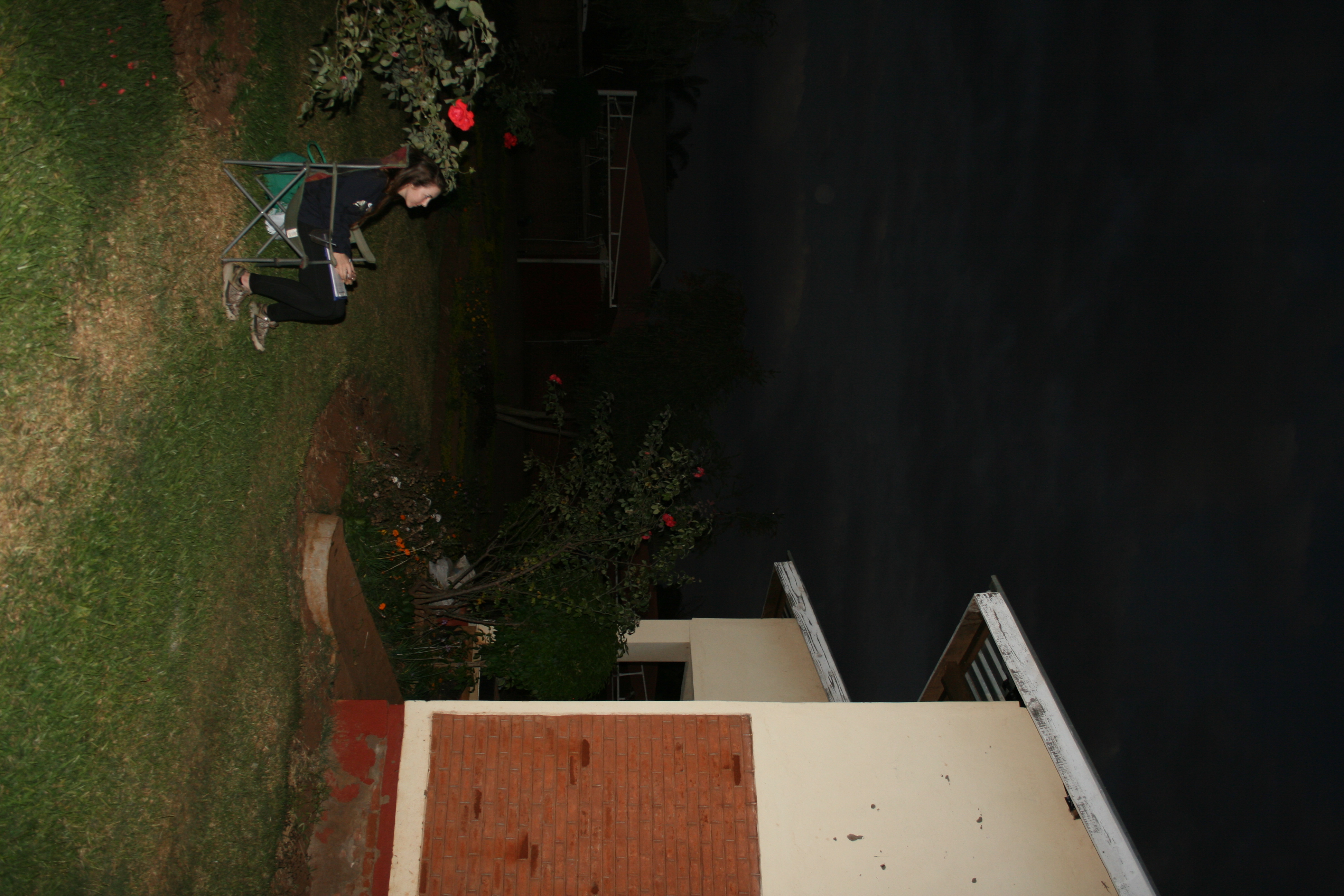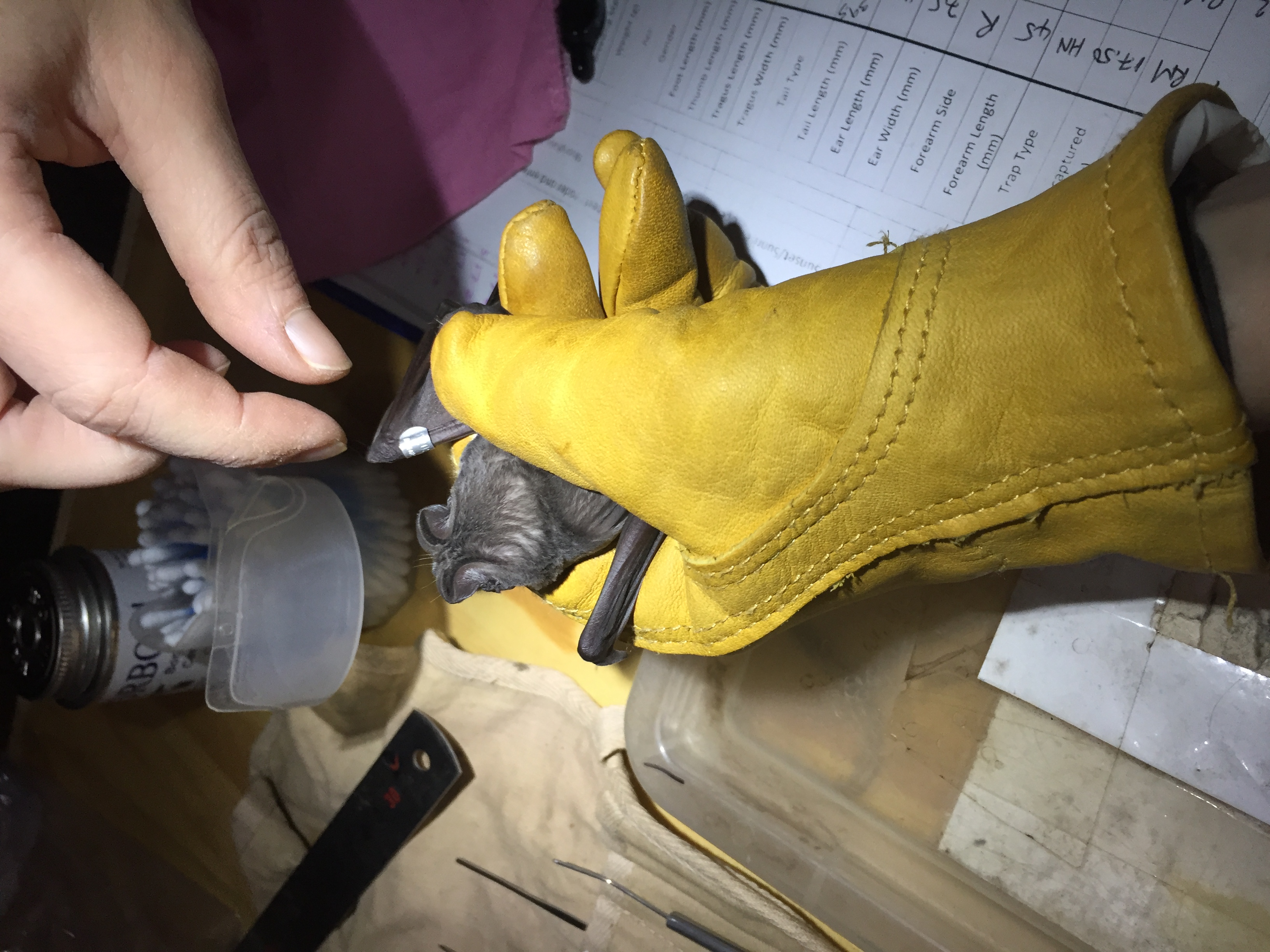Methods
Summary
The study will be carried out within Lilongwe the capital city of Malawi. M.niveiventer roosts within buildings will be identified. Following permission from the homeowner, houses containing roosts or houses identified as having potential to contain roosts will be surveyed following procedures as set in Bat Conservation Trust (BCT) Good Practice Guidelines.
Where safe, a systematic internal roost scoping survey will be conducted. Looking for live (or dead) bats, droppings, urine stains as well as noting down any potential entrance/exit holes. Data loggers will be placed within the roost to collect data on temperature and humidity.
Following the roost scoping survey, two dusk emergence surveys will be conducted, to determine the colony size and the entrance/exit holes being used. Emergence surveys will last for three hours and begin 30 minutes before sunset. If roosts contain enough bats and are suitable for exclusion then the bats will be captured at roosts during a second dusk emergence using hand held static nets.
All bats captured will be promptly removed from the net and processed in the order they were caught to minimise handling time. Biometric data will be recorded for each bat for species identification and descriptive purposes. Weight; forearm length; thumb length; ear width; ear length; tail length and foot length will be measured to the nearest 0.1 millimeter. Age; sex and reproductive status will also be recorded. Only parous or post-lactating females will be tagged to minimise the impact of other variables such as sex or reproductive status on the results. Females will be chosen over males due to their greater conservation value as the limiting sex.
VHF tracking tags (PIP3 Ag376, 0.7g: BioTrack Ltd, Wareham, UK) will be attached to the between the shoulder blades bats using Skinbond surgical glue after clipping the fur. Bats will be released approximately 20 minutes after tagging to allow the glue to dry. All tags used will weigh 0.7g, and will weigh no more than 5% of the bats total bodyweight therefore limiting any negative impact of the tags on bat behavior. A maximum number of 35 bats (over two seasons) will be selected for tagging in the study, 4-8 bats per roost.
Bats will be tracked using an R-1000 receiver and a three-element yagi antenna (Communications Specialists, Inc., Orange, CA) in order to locate day roosts of tagged bats before and after the exclusion process. Bats will be tracked for as long as their transmitter is active and attached.
Roost exclusion will be performed according to methods used by Stone et al., (2015) and ABC protocols. Roosts will be excluded by blocking all access holes and fitting a one-way exclusion device to the main exit hole used (determined from emergence surveys) to allow bats to exit the roost but not re-enter. Where more than one hole is frequently used, two exclusion devices will be fitted.
All procedures suggested are widely used and reputable methods used in bat research not only in the UK and Malawi but worldwide. All ABC protocols will be followed closely to ensure due care of animals throughout the study and the study has been approved by Nottingham Trent University Ethics Committee.
For more information on methods used in the study please contact us directly.
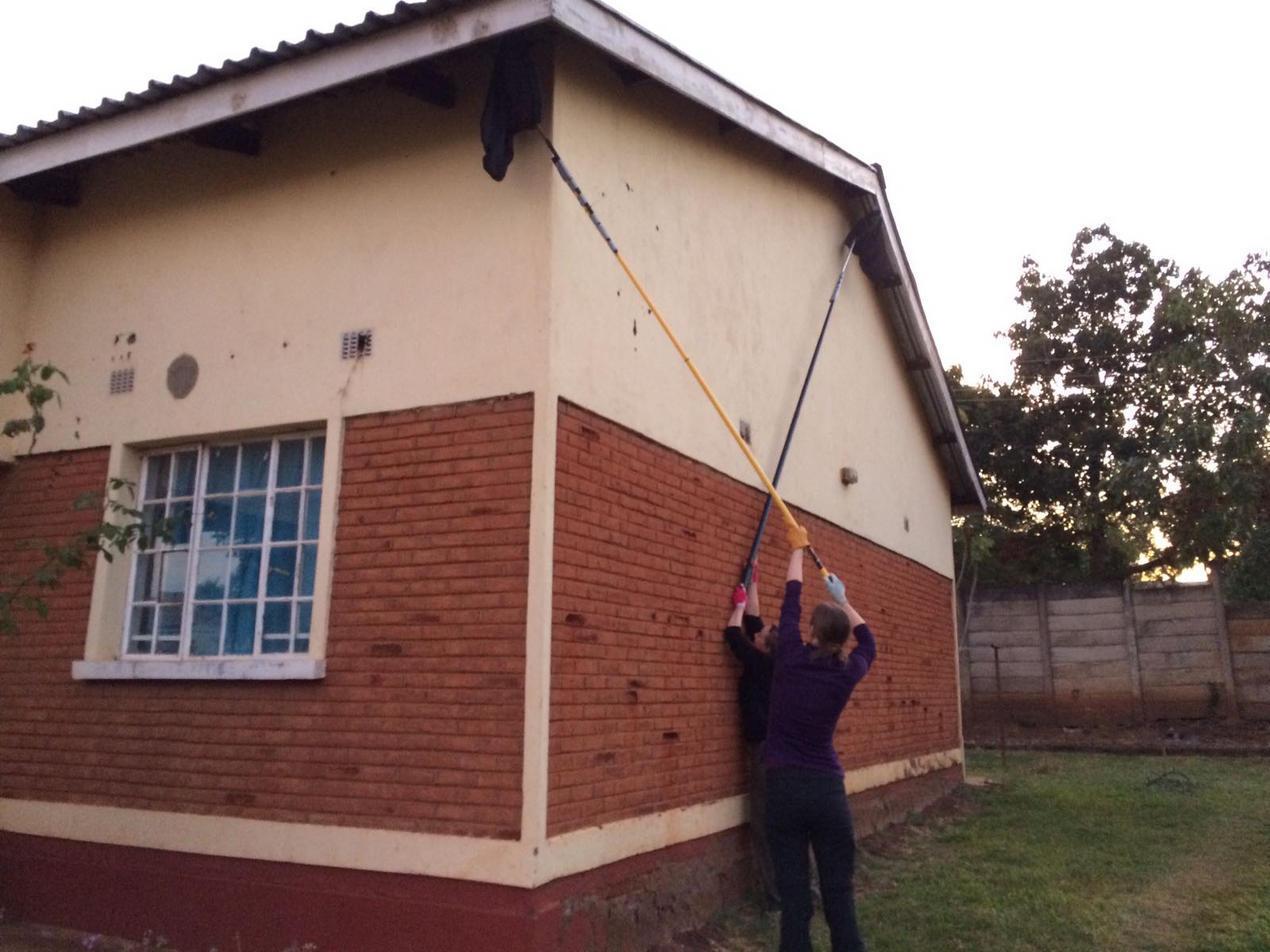
Challenges
Being small, nocturnal and with many morphological and acoustic similarities between species, bats remain one of the most challenging of species to study, and bat movement is notoriously difficult to monitor. Combined, both researchers have experience radio tracking of a variety of species in different terrain. Having undertaken a field season in Malawi in 2017 we are aware of some of the challenges that would potentially hinder the project.
Cultural: In Malawi insectivorous bats are called 'nsana sana' and form part of many traditions and stories. In some areas bats are eaten for protein and many locals are fearful and have misconceptions of bats. We will work with the ABC Malawian outreach team to promote bat conservation.
Language barrier: The ABC Malawian outreach team will assist with community engagement and translation. English is the National Language in Malawi but to minimise any language barriers we will work with ABC who speaks fluent English and Chichewa (the local dialect).
Equipment: To reduce the impact of potential equipment failure we will ensure that we carry spares of essential equipment. Essential equipment is any equipment we cannot complete the study without, such as radio tracking antennae and receiver, data loggers, bat detectors, etc.
Not finding suitable roosts: As conflict is so common in Malawi, many roosts have already been fumigated. To maximise our chances of finding roosts we will post on local social media pages several weeks in advance to identify potential roosts to visit. Additionally, we will put up posters in local supermarkets and knock door-to-door in attempt to identify new roosts.
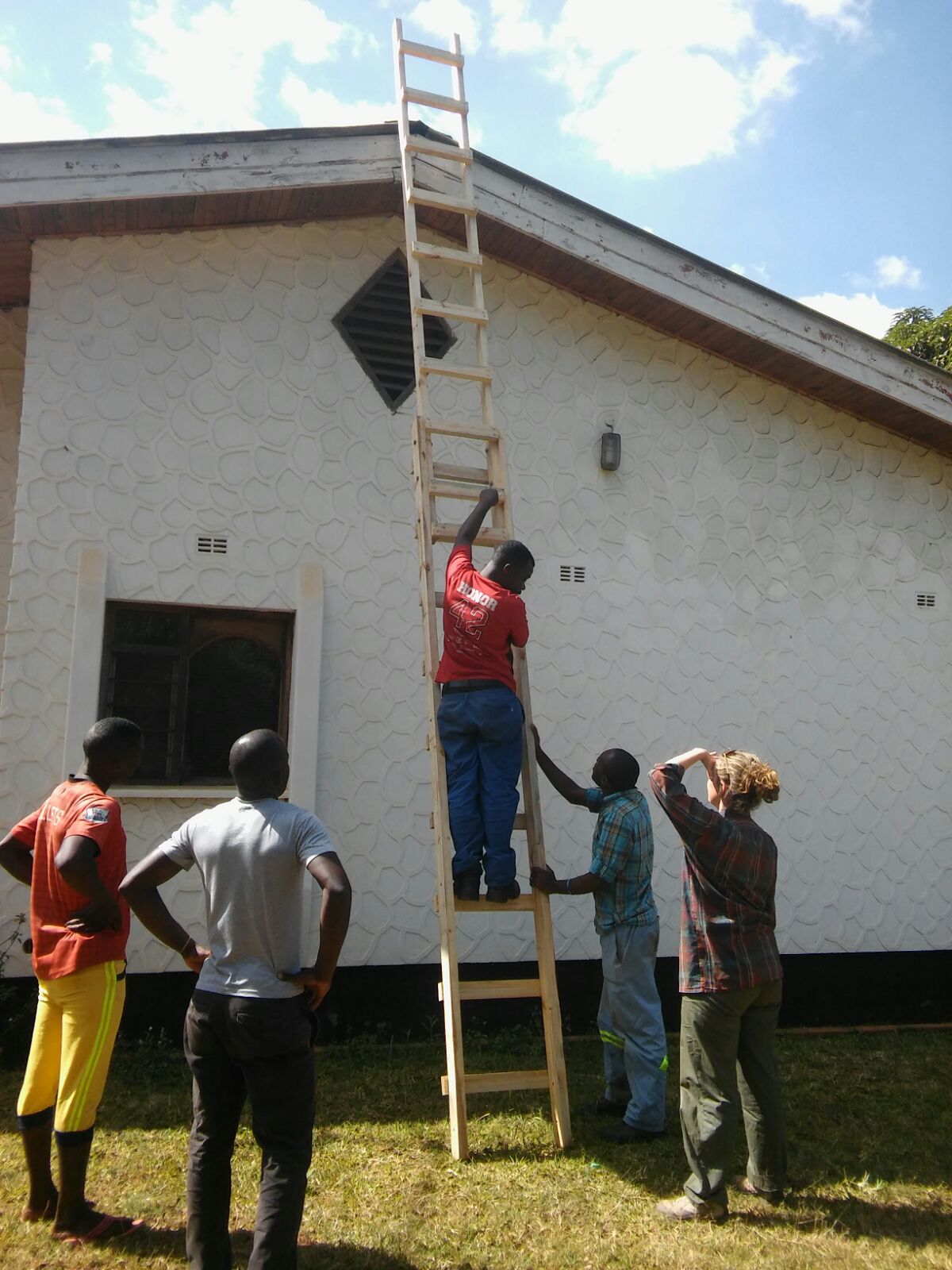
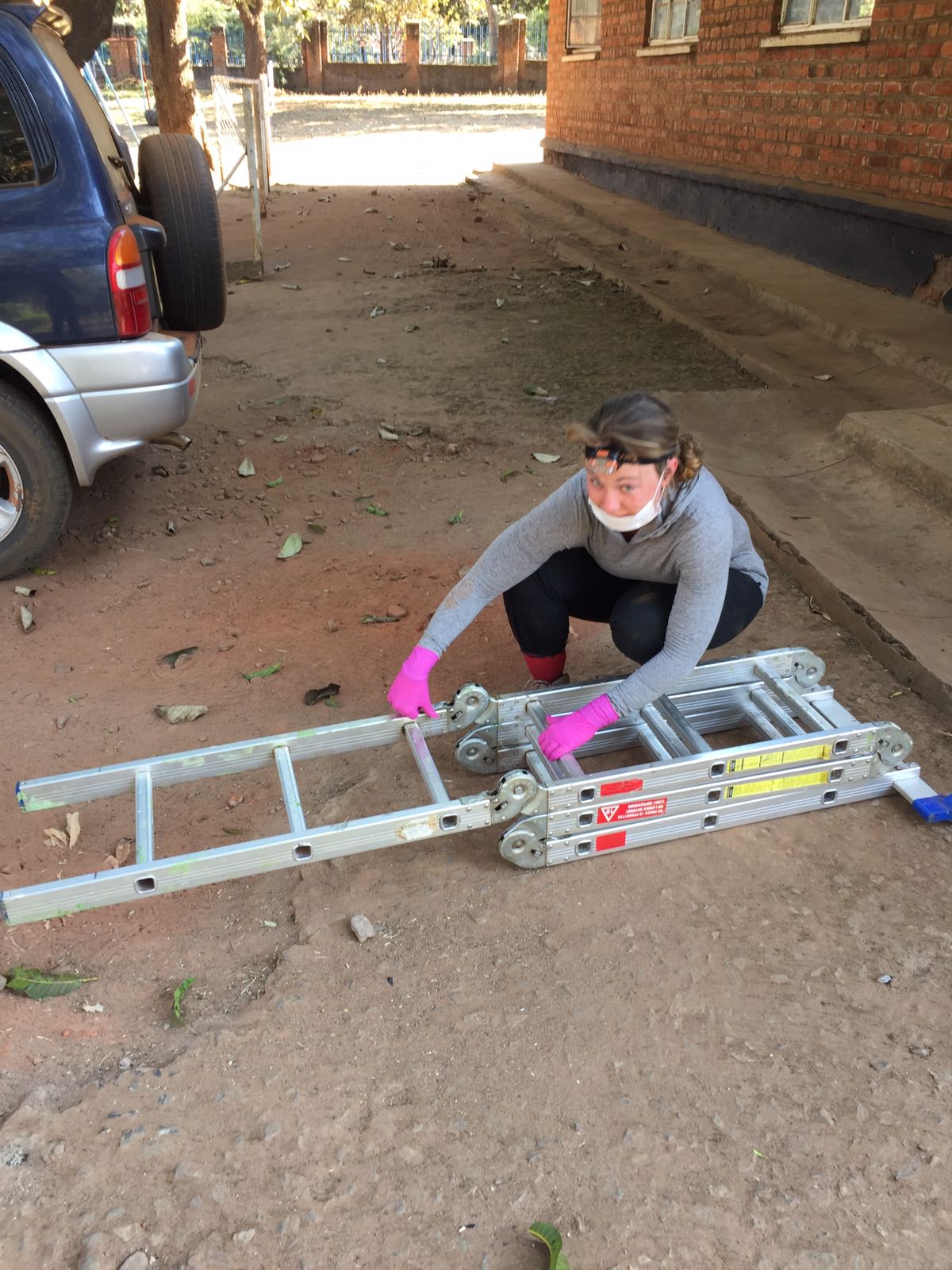
Protocols
This project has not yet shared any protocols.
